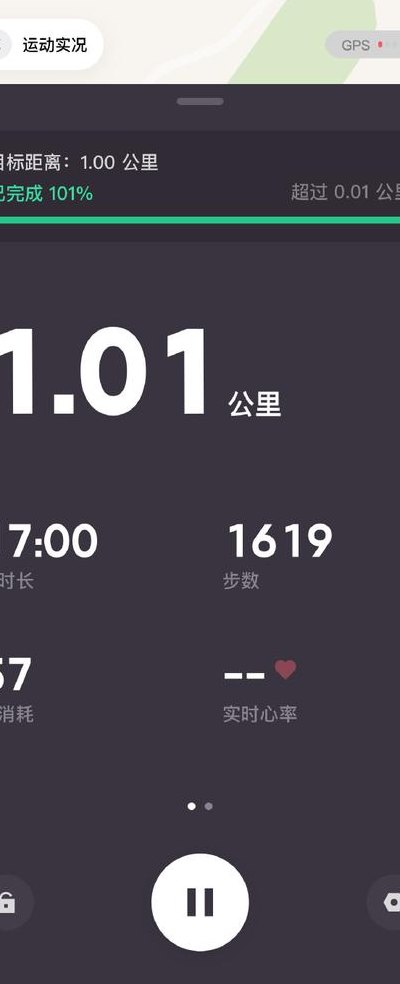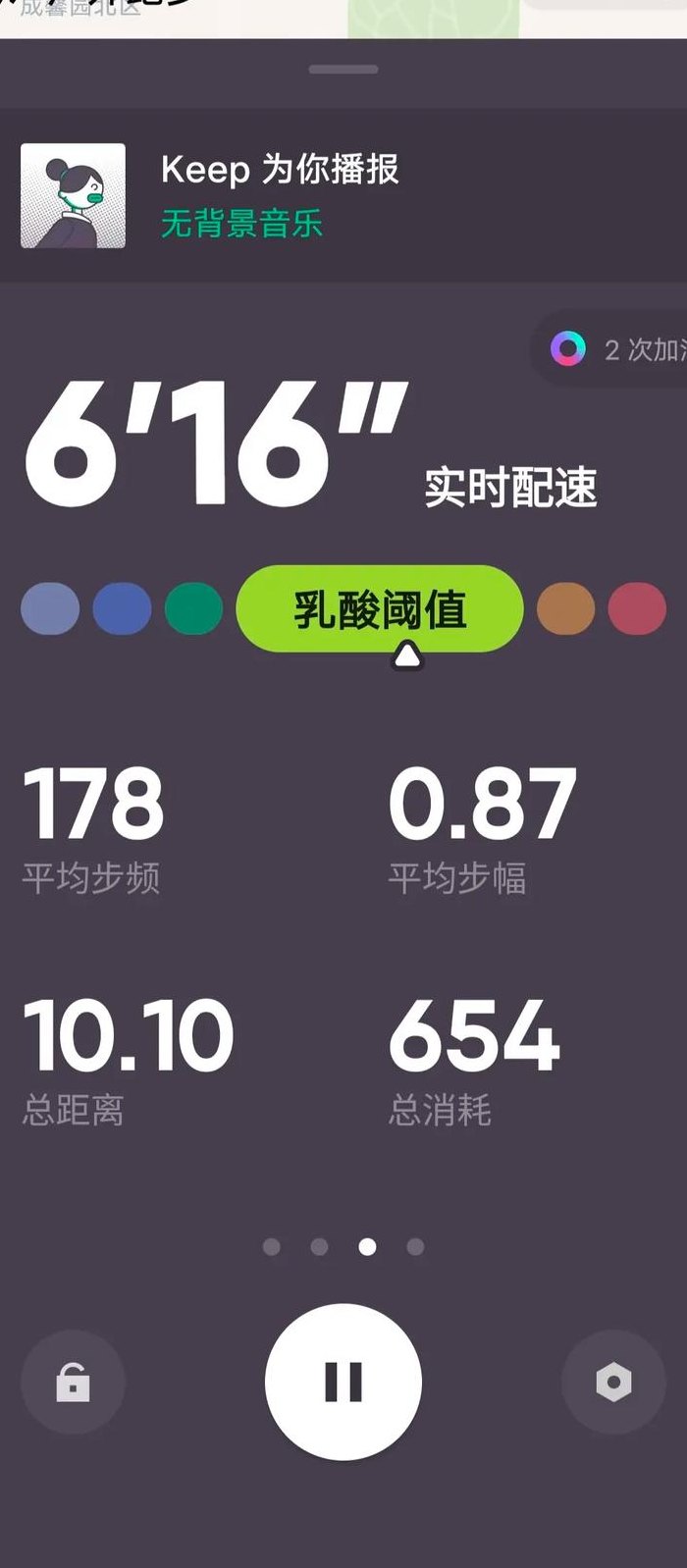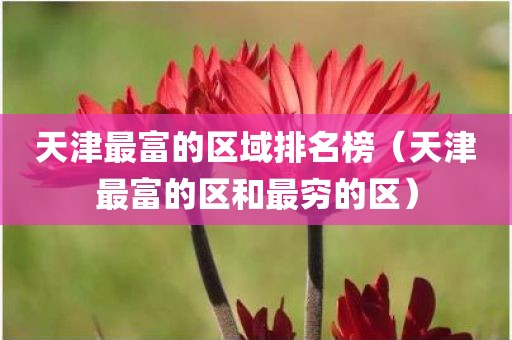文章介绍了在使用keep-alive缓存组件时,如何在组件被缓存后清理定时器以避免干扰其他组件的逻辑,通过在deactivated钩子中清理定时器,可以确保组件被缓存时不会继续运行定时器,感兴趣的朋友一起看看吧
目录
1. 在组件的 deactivated 钩子中清理定时器2. 使用 beforeDestroy 钩子清理定时器当使用 keep-alive 缓存组件时,组件中的定时器可能会在组件被缓存后继续运行,从而干扰其他组件的逻辑。为了避免这种情况,可以通过以下方法解决:
1. 在组件的 deactivated 钩子中清理定时器
keep-alive 为缓存的组件提供了 activated 和 deactivated 生命周期钩子。可以在 deactivated 钩子中清理定时器,确保组件被缓存时不会继续运行定时器。
export default { data() { return { timer: null }; }, activated() { // 组件被激活时重新启动定时器 this.startTimer(); }, deactivated() { // 组件被缓存时清理定时器 this.clearTimer(); }, methods: { startTimer() { this.clearTimer(); // 防止重复设置定时器 this.timer = setInterval(() => { console.log('定时器运行中...'); }, 1000); }, clearTimer() { if (this.timer) { clearInterval(this.timer); this.timer = null; } } }};2. 使用 beforeDestroy 钩子清理定时器
如果组件可能会被销毁(例如,当 keep-alive 的 max 属性限制了缓存数量时),可以在 beforeDestroy 钩子中清理定时器。
export default { data() { return { timer: null }; }, beforeDestroy() { this.clearTimer(); }, methods: { startTimer() { this.clearTimer(); this.timer = setInterval(() => { console.log('定时器运行中...'); }, 1000); }, clearTimer() { if (this.timer) { clearInterval(this.timer); this.timer = null; } } }};keep-alive 的实现原理
keep-alive 是 Vue 的一个内置抽象组件,用于缓存动态组件或路由组件,避免组件重复创建和销毁。其核心原理如下:
缓存组件实例:当组件首次加载时,keep-alive 会将组件实例缓存到 this.cache 对象中。 缓存的组件实例以组件的 key
为键,组件的虚拟节点(vnode)为值。
当再次切换到已缓存的组件时,keep-alive 会从 this.cache 中取出对应的组件实例,而不是重新创建。
通过调整 this.keys 的顺序,确保最近使用的组件实例始终在缓存列表的末尾。
keep-alive 引入了 activated 和 deactivated 生命周期钩子。 当组件被激活时触发
activated,当组件被缓存时触发 deactivated。
如果设置了 max 属性,当缓存的组件数量超过 max 时,会清理最早缓存的组件。
通过 pruneCacheEntry 函数销毁组件实例并从缓存中移除。






